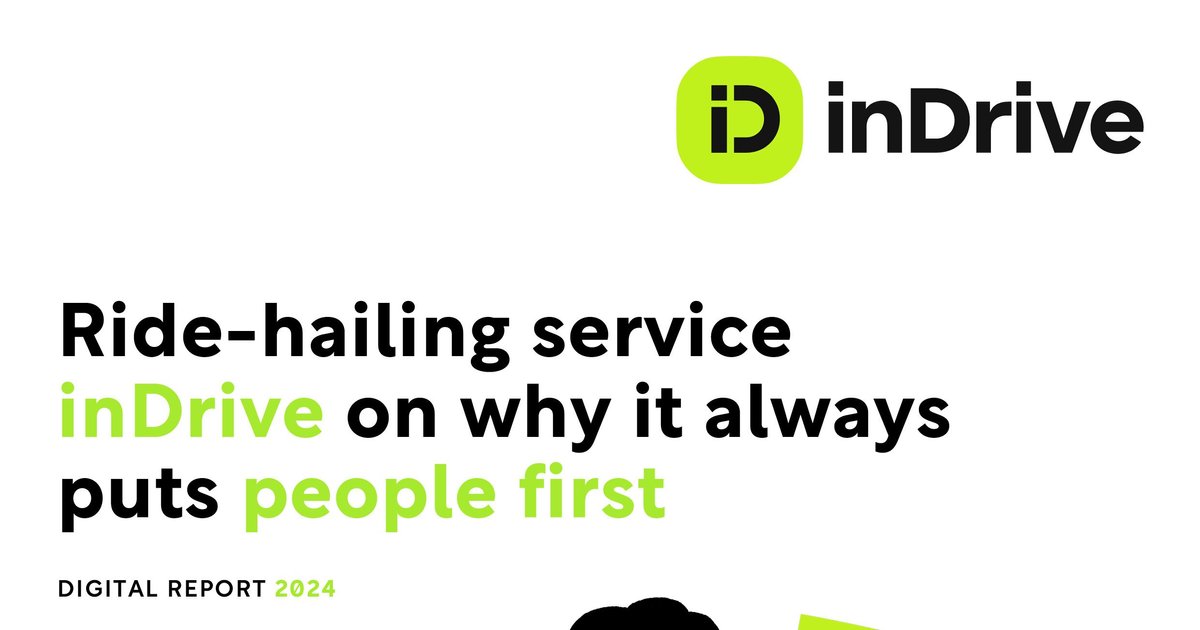To revolutionise the ride-hailing industry in the Middle East and North Africa (MENA), inDrive, a leading global ride-hailing service, has partnered with Payrails, a payment technology innovator, to enhance payment processes and improve user experiences.
This collaboration has already led to an 11% increase in card approval rates, streamlining payment operations and driving efficiency in the competitive market.
The partnership between inDrive and Payrails is a significant step towards modernising the payment landscape in MENA. By integrating Payrails’ advanced payment solutions, inDrive aims to offer a seamless and reliable payment experience for its users.
Read also: Bidding Wars: Bolt vs inDrive
Boosting Card Approval Rates
One of the most notable achievements of this partnership is the impressive 11% increase in card approval rates. This improvement ensures that more customers can complete their transactions without facing payment rejections, which often lead to frustration and service interruptions. Higher approval rates enhance customer satisfaction and foster trust in the ride-hailing service, encouraging more frequent use of the platform.
In addition to improving card approval rates, the collaboration has streamlined inDrive’s payment processes. Payrails’ cutting-edge technology simplifies the payment workflow, reducing the time and effort required for transactions. This efficiency benefits both drivers and passengers, ensuring that payments are processed swiftly and accurately. By minimizing payment-related delays and errors, inDrive can provide a smoother and more reliable service to its users.
The ultimate goal of the inDrive and Payrails partnership is to enhance the overall user experience. By addressing common payment issues and implementing innovative solutions, the collaboration ensures that users enjoy a hassle-free ride-hailing experience. Improved payment reliability and efficiency contribute to a more positive perception of the service, encouraging customer loyalty and attracting new users.
This partnership is not just about improving payment processes; it is also about driving efficiency and innovation within the ride-hailing industry. By leveraging Payrails’ expertise, inDrive can focus on its core mission of providing safe, reliable, and affordable transportation services.
Impact on the Ride-Hailing Industry and Future Prospects
The impact of this partnership extends beyond inDrive and its users. It sets a new standard for payment efficiency and reliability in the ride-hailing industry, encouraging other companies to adopt similar technologies and strategies. As more ride-hailing services embrace advanced payment solutions, the entire industry stands to benefit from increased efficiency and improved customer experiences.
Read also: Bolt challenges InDrive dominance in Botswana
Looking ahead, the collaboration between inDrive and Payrails holds promising potential for further advancements in the ride-hailing sector.
The partnership paves the way for additional innovations in payment technology, potentially introducing features such as real-time payment tracking, enhanced security measures, and personalized payment options. These advancements will continue to enhance user satisfaction and drive the growth of the ride-hailing industry in MENA and beyond.
The partnership between inDrive and Payrails marks a significant milestone in the evolution of payment processes within the ride-hailing industry in MENA. By increasing card approval rates, streamlining payment operations, and enhancing user experiences, this collaboration is driving efficiency and innovation.
As inDrive and Payrails continue to work together, they are poised to set new benchmarks for excellence in the ride-hailing market, benefiting users and the industry as a whole. This strategic alliance is a testament to the power of collaboration in fostering technological advancements and improving service delivery in today’s digital economy.




